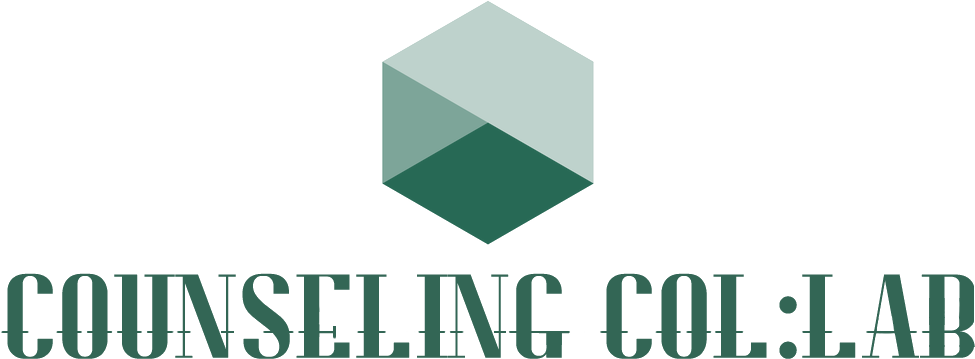Body & Mind
Finding A Therapist For COnnecting Your inner and Outer world
WHAT IS THE MIND & BODY CONNECTION?
Becoming more aware of the connection between the physical body and the mind is essential to the therapeutic process.
As you begin to map your physical sensations when experiencing an intense emotion or distressing thought, or you become more aware of what memories or thoughts are occurring when your body is active, you will begin to bridge the space between your mind and body.
We’re all an amalgamation of the people, places, and things we’ve experienced. It can become difficult to process and sort them all when we notice such big responses in our bodies like fear, panic, anxiety, or shame.
If you’re looking to build a deeper connection between mind and body, this page is for you.
BRINGING BODY TO MIND
The mind and body are not two separate entities although sometimes we treat it that way. Whether we give it focused attention or not, our bodies are present with us in all of our experiences. Processing our experiences through our bodily sensations as wholly as we do our mind can alter our center, which may feel ungrounding in the early days of mind and body counseling, but may help us process deep unconscious emotions. It’s okay to feel uncomfortable when working through the integration of our inner and outer world. There can be an unearthing of thoughts, emotions, and memories are bodies stored to keep us safe.
When you’re living through the experience of assimilating your mind and body feelings, there is no skipping the in-between but we can offer support in creating the most holistic experience. Through the various somatic and body-based interventions, our therapists can provide guidance as you assimilate and assuage the aches and pains that keep you up at night.
GETTING PHYSICAL WITH TRAUMA
Through body and mind counseling, we can support your navigation of trauma at any stage. We feel our pain in our bodies as much as our hearts, and in an effort to protect you from those profoundly painful experiences, our bodies may stand in the way of fully processing that. Be it recent or past trauma, we are confident in your ability to navigate the things that have taken the power you deserve to hold in your life.
At any level of complexity, trauma alters our physical and emotional responses to the things we experience. Strengthening the connection between mind, body, and soul to care for your trauma at every level can return that power to the place it belongs most rightfully- with you.
THOUGHTS
The thoughts that fill your mind can tint the way you perceive the world around you and how you process the things that happen within it. Thoughts shape feelings, which shape words and actions.
Thoughts are the tools by which we shape the clay of our lives and the stars in our sky. They are not disconnected from the rest of our lived experience.
Spending time becoming more aware of how your thoughts make themselves at home inside your body can help you to regain a sense of empowerment. Often times we have visceral responses to our external environments that we lose track of what memory or thought was triggered. By untangling our thought patterns we can feel more control over our bodies.
FEELINGS
Feelings are fleeting expressions of the way we respond to experiences, but in overwhelming times of stress our most overwhelming feelings can get stored in our bodies. A feeling, when connected to a memory of overwhelming stress, cause unexpected responses in the body. Our bodies are hardwired to keep us alive and will bypass stressful emotions to help keep us safe. When not revisited or addressed those stored-away emotions can get trigged involuntarily. It is not uncommon to feel exhausted and out of our element when processing our deeply held emotions.
Feel your feelings — it should be that easy but it never is. Yes, feel them, but you don’t have to do everything alone. With therapeutic support we can work through your emotions- past and present.
WORDS
Words will not only hurt you, but they can decimate you.
Our bodies can hold on the memories of fear and threat when words were used to harm us.
Words have power beyond the passion (or lack-of) with which they are voiced.
They can carve themselves into your bones, into your soul, and create wounds far deeper than surface. Words will hurt you, and your words have the power to hurt others too. It can be a difficult task to to choose your words wisely when you are feeling sharp things in your body or your mind.
You don’t have to do it alone.
ACTIONS
Traditional talk therapy is often so focused on what happens inside of us that we can forget that what we do and how we do it has an equal impact on our thoughts and feelings.
Connecting the mind and body can help to align your actions to your words. For example, have you ever wished you thought about what you said before you said it or continually said you want to do something but your actions just don’t support it? This can be a sign that you are experiencing a disconnect between your mind and body.
Therapy focused on the mind & body connection can help you become accountable for the way your actions affect your mood. This therapy can help you reflect upon the way your physical body experiences your emotional world.
TYPES OF BODY & MIND THERAPY
MEDITATION
Clearing the mind for focused time spent noticing your body can be a healing tool in bridging the connection between emotional and physical body. While some people find it difficult to clear their minds, meditation only asks that you notice and release the thoughts that occur as you settle into the present moment in your body
BREATHWORK
While breathing is an involuntary biological response, it’s also something we can control and manipulate. Through a myriad of breathing techniques, you can calm the nervous system and reintegrate some power over your body by bringing your thoughts to the way your breath enters and leaves the body in a moment.
MOVEMENT THERAPY
Yoga is a predominant leader in the field of movement therapy, largely for its focus on connecting breath and movement. But yoga isn’t for everyone. Tai Chi, Dance therapy, and other focused connections between body and intention can be powerful tools at training the connection between body and mind.
ACCUPUNCTURE
Through thin needles inserted into the skin on carefully identified places in the body to help focus the Central Nervous System response as well as release tension and pain. This traditional Chinese medicine therapy is widely used for a variety of body and mind modalities.
CHIROPRACTIC AND MASSAGE
Touch is healing. By manipulating the spine for proper alignment and release, Chiropractic care supports spinal health. Massage can release muscle tightness and pain caused by tension held in the body through the things we feel. Both can help connect a calmer body and mind.
BIOFEEDBACK
Biofeedback is a powerful tool in coordinating your emotional and physical responses to the things you experience. Through auditory or visual stimuli, biofeedback will retrain your involuntary bodily functions like blood pressure and heart rate.
FREQUENTLY ASKED QUESTIONS
How can I engage my body in healing when I’m disabled?
Through engaged awareness of your body within your abilities, we will work with you to identify your comfort level and accessibility to create body-mind connection for anyone. Whether we engage your body through active manipulation or noticing your physical experiences, there is a level of engagement available to any and all folks who are interested in healing the connection between your inner and outer world. We will work with you while respecting your limits, needs and preferences in accessing your whole self.
I’ve tried to meditate and I can’t. What now?
There is a misconception that meditation requires a completely clear mind. It doesn’t. For some, meditation is a mantra, an affirmation or a focused release of thought. For others, meditation simply asks that they notice thoughts as they come without creating attachment so those thoughts are free to leave.
Even still, no single body-mind approach will be right for everyone and meditation is not required for successful whole-self integration. We are happy to support whatever feels best for you.
This is a lot and I’m kind of overwhelmed. Where do I start?
Begin at the beginning. It seems like a silly answer, but your beginning will be the thought to which you keep returning or the idea that’s lingering in your awareness as you read this page. You do not have to start with a complete overhaul (and we really encourage you not to). Small steps lead to sustainable progress, so start with the thing that feels most attainable- and let us help. Reach out and we can walk through these early steps of overwhelm together until they feel like hope.
There is more wisdom in your body than in your deepest philosophy.
- Friedrich Nietzsche













